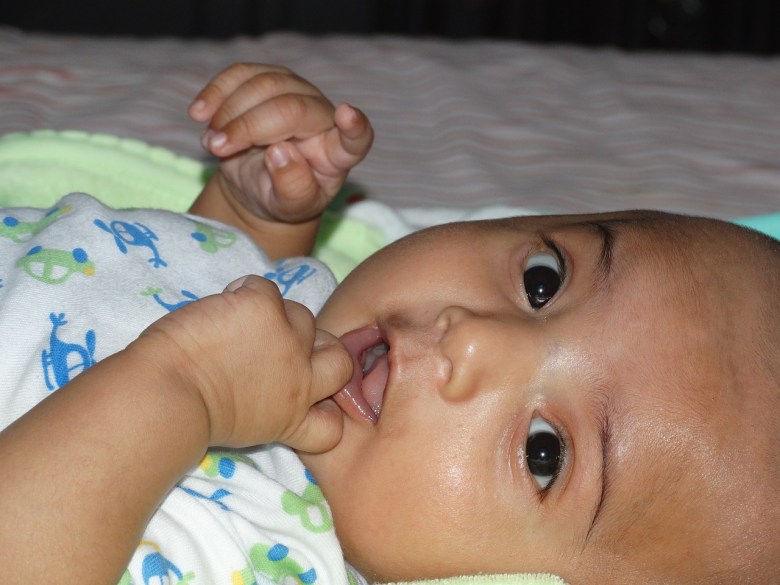Politics
East Asia Struggles with Fertility Despite Financial Incentives

On October 4, 2023, Sanae Takaichi made headlines as she became the first female leader of Japan’s ruling Liberal Democratic Party. Takaichi’s leadership marks a significant moment in Japan’s political landscape, which is traditionally male-dominated. In her new role, she has advocated for policies that support women, including increased representation in politics and measures aimed at balancing career and family life. However, these initiatives come with a substantial financial commitment aimed at addressing Japan’s declining birth rate.
Takaichi’s platform includes proposals such as tax deductions and subsidies for domestic workers and babysitters, which are often prohibitively expensive for many Japanese families. This approach follows existing financial measures, including reimbursements of up to 500,000 yen (approximately US$3,400) for childbirth expenses, introduced earlier this year. Analysts suggest that these policies may contribute to an increase in Japan’s fiscal deficit, prompting concerns about rising bond yields and a depreciating yen during Takaichi’s leadership.
The Japanese government is not alone in its financial approach to increasing birth rates. In July, the Chinese government announced its first nationwide cash subsidy aimed at encouraging childbirth, offering 3,600 yuan (about US$500) annually for each child under three years old. This move reflects a broader trend in East Asia, where governments are increasingly turning to financial incentives as a solution to declining fertility rates.
Financial Strategies and Their Limitations
Other East Asian nations have also introduced substantial financial incentives in an effort to boost fertility. Taiwan, for instance, rolled out a policy in January offering 100,000 New Taiwan dollars (approximately US$3,300) for each newborn. Similarly, Hong Kong’s policy in 2023 provided 20,000 Hong Kong dollars (around US$2,560) to each child born to parents with permanent residency. South Korea has been providing childbirth and child-rearing subsidies for years, with parents receiving monthly payments of up to 1 million won (approximately US$750) since early 2023.
Despite these financial incentives, East Asia continues to experience some of the world’s lowest fertility rates. Studies indicate that simply increasing monetary support has not effectively motivated families to have more children. The persistent challenges of depopulation and an aging population underscore the need for more nuanced solutions rather than reliance solely on financial incentives.
The reasons behind low birth rates in East Asia are complex, encompassing economic, social, and cultural factors. Many families cite the high costs of quality education and changing societal norms as significant deterrents to parenthood. For instance, the decline of pro-natal ideologies rooted in Confucianism and Buddhism has contributed to shifts in family planning attitudes. Moreover, attempts to alleviate these burdens, such as China’s ban on for-profit tutoring in 2021, have sometimes backfired, introducing new uncertainties that further discourage childbearing.
Exploring Alternative Solutions
Policymakers may need to reconsider their strategies and explore alternative avenues to encourage population growth. A potential solution lies in immigration, a topic often met with resistance in East Asian societies. In Japan, for example, there is significant skepticism regarding the political participation of naturalized citizens, stemming from concerns over loyalty to the nation. Nonetheless, successful examples, such as Dubai’s diverse population, suggest that controlled immigration can coexist with cultural integrity.
To garner public support for increased immigration, transparent communication about its benefits is essential. A targeted media campaign that highlights the advantages of a diverse workforce could reshape public perceptions. Additionally, funding independent media outlets to share relatable stories of parents balancing career and family life could foster a more positive view of parenthood, emphasizing its rewards rather than sacrifices.
While financial incentives are straightforward and politically advantageous, they may not address the root causes of declining birth rates. By adopting policies that seek to change societal attitudes towards parenthood rather than merely augmenting financial resources, governments can work towards reversing depopulation trends effectively. As leaders like Takaichi signal potential shifts in policy perspectives, there lies an opportunity for meaningful change in how East Asian societies approach the challenges of declining fertility.
-

 Business5 months ago
Business5 months agoKenvue Dismisses CEO Thibaut Mongon as Strategic Review Advances
-

 Lifestyle4 months ago
Lifestyle4 months agoHumanism Camp Engages 250 Youths in Summer Fest 2025
-

 Sports4 months ago
Sports4 months agoDe Minaur Triumphs at Washington Open After Thrilling Comeback
-

 Sports5 months ago
Sports5 months agoTupou and Daugunu Join First Nations Squad for Lions Clash
-

 Top Stories5 months ago
Top Stories5 months agoColombian Senator Miguel Uribe Shows Signs of Recovery After Attack
-

 World5 months ago
World5 months agoASEAN Gears Up for Historic Joint Meeting of Foreign and Economic Ministers
-

 Health4 months ago
Health4 months agoNew Study Challenges Assumptions About Aging and Inflammation
-

 Business5 months ago
Business5 months agoOil Prices Surge Following New EU Sanctions on Russia
-

 Entertainment4 months ago
Entertainment4 months agoDetaşe-Sabah Violin Ensemble Captivates at Gabala Music Festival
-

 Entertainment4 months ago
Entertainment4 months agoBaku Metro Extends Hours for Justin Timberlake Concert
-

 Top Stories5 months ago
Top Stories5 months agoRethinking Singapore’s F&B Regulations Amid Business Closures
-

 Business5 months ago
Business5 months agoU.S. House Approves Stablecoin Bill, Sends to Trump for Signature









